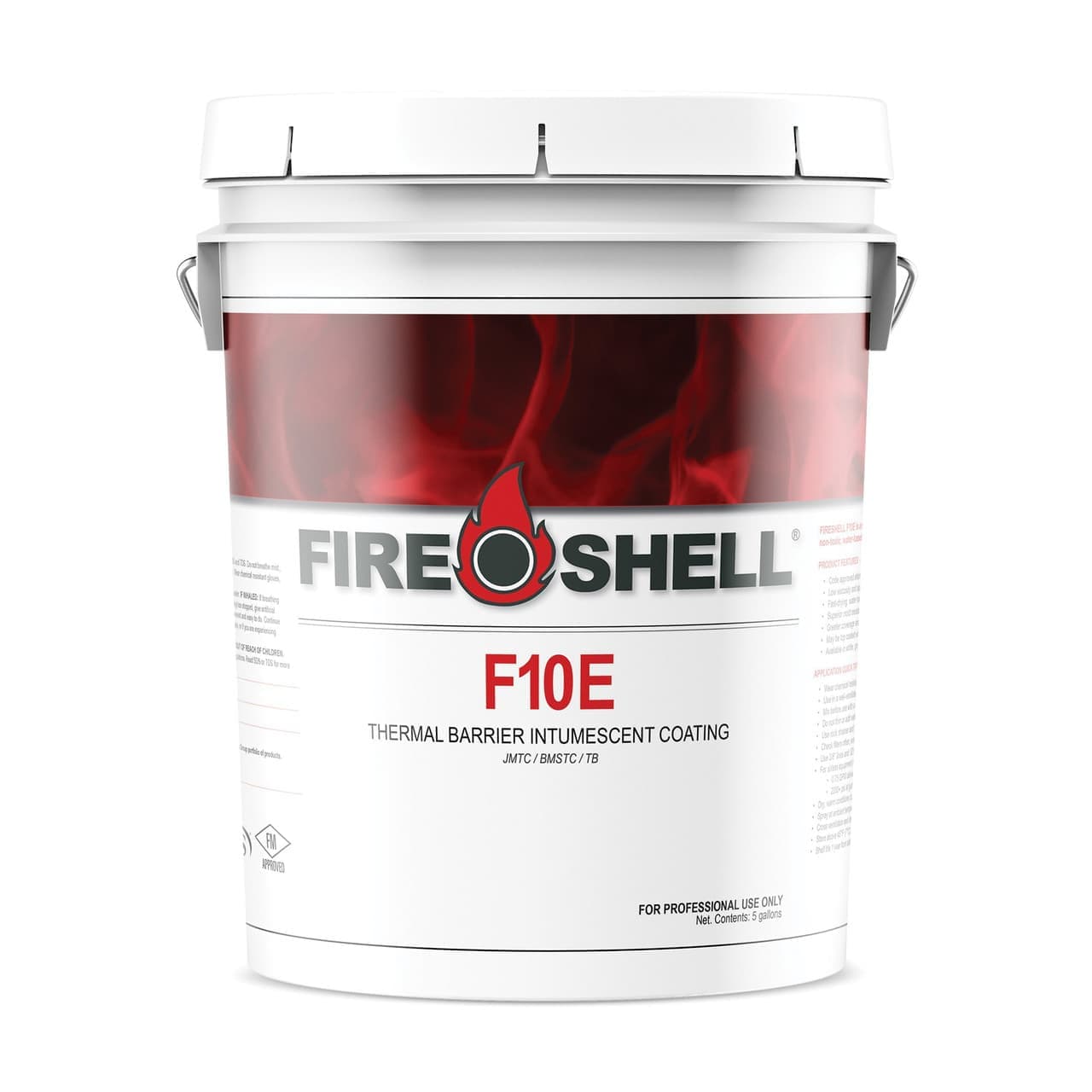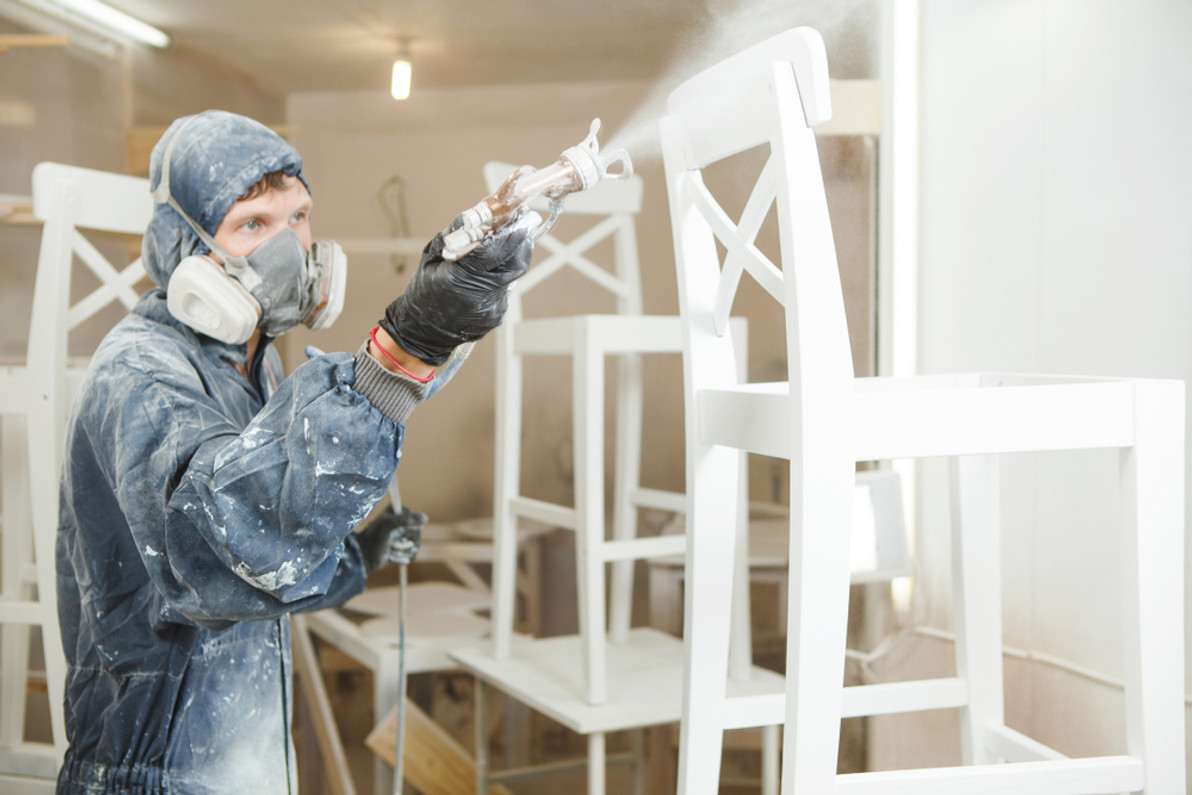The Ultimate Guide on How to Apply Fire Retardant Paint
In the United States, fire is a serious threat to both businesses and homes. Thousands of lives are lost yearly, and millions of dollars in property damage occur due to fire hazards. According to the Federal Emergency Management Agency (FEMA), residential fires kill nearly 4,000 people annually in our country.
It's important to take steps to prevent fires from occurring and to reduce their potential impact. One effective way to do this is using fire retardant paint.
Fire retardant paint can help slow down or even stop the spread of fire by reducing the surface's flammability, giving people more time to evacuate the building, and minimizing property damage.
This guide will provide all the information you need about applying this life-saving method correctly.
What is a Fire Retardant?
Before you can learn how to apply fire retardant paint, it's important to understand the product. Flame retardant sprays and paints are non-combustible chemicals used in home and commercial buildings to:
- Reduce a fire’s intensity
- Stop the spread of flames
- Slow the spread of a fire
- Reduce the smoke a fire produces
All approved formulas have a minimum Class A rating. This means they have an average of one to two-hour flame spread.
How to Apply Fire Retardant Paint?

Applying fire retardant spray is a simple process you can complete by following the steps below:
1. Choose the Right Type of Fire Retardant Spray
Different types of fire retardant sprays are available in the market, each designed for specific materials. If you are still determining which option is best for your property, you can always request assistance from RDR Technologies experts.
2. Prepare the Surface
The surface you want to apply the fire retardant spray should be clean, dry, and free from any debris or dust. You can use a damp cloth or sponge to wipe the surface before spraying. After preparing the surface, you are ready to start.
3. Test Spray
Before applying the spray on the entire surface, do a small test spray on a small area to check the compatibility of the spray with the material. Let it sit for a while, and if the paint sets without any issues, you can continue.
4. Spray the Surface
Thankfully, fire prevention sprays aren't difficult to apply. Most times, they are sprayed on with a standard paint sprayer.
Hold the paint sprayer at a distance of 8-10 inches from the surface and spray sweepingly. Be sure to cover the entire surface evenly, but avoid oversaturating the surface.
For extra help, a rotating tip will enable you to get in any tight, hard-to-reach areas, and a brush can be used for small areas and touch-ups.
5. Allow the Spray to Dry
After spraying, allow the surface to dry completely. The drying time may vary depending on the type of spray and the material being treated. Once the surface is completely dry, it is safe to use or handle.
6. Reapply if Necessary
If you want to achieve a higher level of protection, you can reapply the spray after the first coat has dried completely.
We recommend waiting until the first coat has dried completely. Most of the time, this will be within 24 hours, depending on temperature and humidity.
How Effective are Fire Retardant Paints?
Fire retardant sprays are designed to inhibit the spread of flames and reduce the combustion rate of treated materials. Their effectiveness can varybased on factors such as the type of spray used, the material being treated, and the application method. In general, fire retardant sprays create a protective barrier that can significantly delay the ignition and burning of treated surfaces.
While fire retardant sprays are valuable for enhancing fire safety, they should not be considered a foolproof solution. Combining their use with other fire prevention measures, such as having functional smoke detectors, fire extinguishers, and an evacuation plan, is crucial.
How Much Does Intumescent Paint Cost?
The type of material being painted and the amount of the covered area are two criteria that will affect the cost of intumescent paint per gallon. The cost of a gallon of intumescent paint might range from $75 to $95, depending on your requirements and financial situation.
Can You Paint Over Fire Retardant Paint?

Depending on what paint was used previously, fire retardant paint may not be painted over. Adding another layer on top shouldn't be too difficult if the paint is latex-based.
Nevertheless, since oil-based paints don't stick to other paints well and will eventually peel off, you can't apply another coat of paint over an oil-based paint layer. Make sure you know what type of paint you are painting over so you can paint over it.
Safeguard Your Property with 40 Years of Fire Retardant Technology Expertise
As a business or homeowner, ensuring the safety of your property and the people within it is of utmost importance. At RDR Technologies, we are a team of expert fire retardant suppliers with over 40 years of experience in fire retardant technologies. Our specialty lies in developing and manufacturing fire retardants, fire suppressants, and other specialty chemicals that cater to the unique needs of various industries.
We are committed to providing our clients with the most advanced and effective solutions for their fire protection needs. Our products are of the highest quality and safety standards and have been proven to offer reliable protection against the damaging effects of fire.
Whether you require intumescent paint or other fire retardant technologies, our team of experts is here to assist you. We take pride in our exceptional customer service and are happy to provide you with any information you need, including pricing details for our products.
At RDR Technologies, we understand the importance of fire safety and are dedicated to providing our clients with thebest possible solutions to protect their assets. Contact us today to learn more about our fire retardant technologies and how we can help you safeguard your property.
Recent Posts
-
Halloween Decor Safety: Protecting Costumes, Props & Haunted Houses with Fire Retardants
Halloween is one of the most creative holidays of the year. From glowing jack-o’-lanterns to elabora …Nov 5th 2025 -
Cost-Benefits of Investing in Fire Retardant Coatings
In today’s construction and safety-conscious environment, protecting buildings, assets, and people h …Nov 5th 2025 -
Fire Resistant vs Fire Retardant vs Intumescent: What's The Difference
When it comes to fire safety, the terms fire-resistant, fire-retardant, and intumescent are often us …Nov 5th 2025




